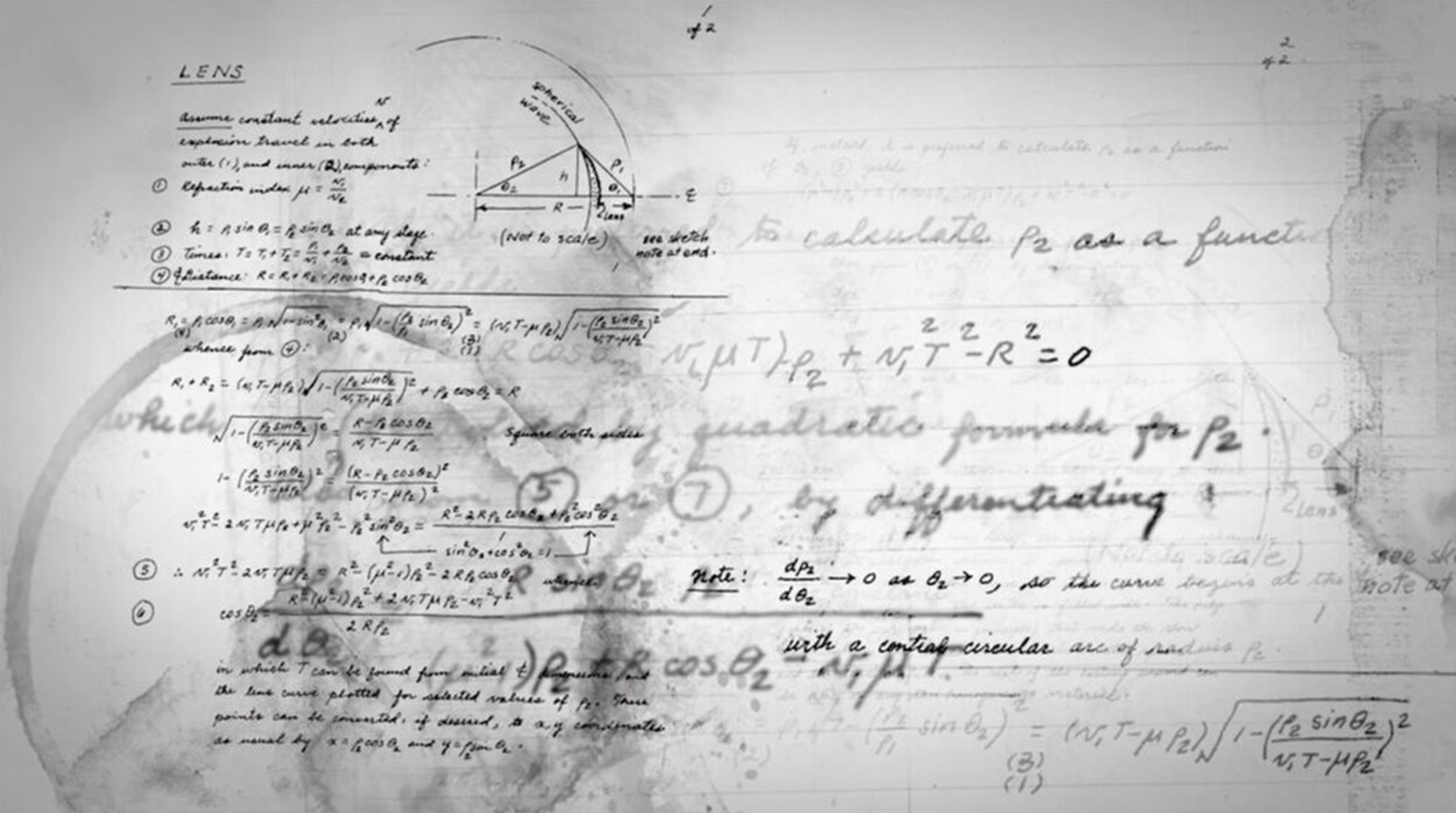the bomb [2016] is a multimedia film project from producers Smriti Keshari and Eric Schlosser that immerses the audience in the history and reality of nuclear weapons.
The synesthetic approach. The medium of film is only one part of the bomb, which relies as much on live music and the physical layout of the space in which it is presented as it does images to produce an effect on the audience. Instead of a standard proscenium theater, screenings of the bomb take place on 360 degrees of screens with a central stage for live music from electronic music group The Acid. Strobe lights, fog machines, dozens of speakers, and the lack of seating all add to the sense that the bomb is as much a concert as it is a film screening, impressing on as many senses as possible at once to ground the audience in place and time.
Physical immersion. From the first images of soldiers marching in step with futuristic marching music to the closing images of solar flares, the bomb grabs its audience and holds their attention by demanding bodily participation. What the film purposefully lacks in narrative it makes up for by forcing audience members to turn their heads from side to side to follow the progress of images around the circular screens. Though all eight screens rarely show unique images, often at least four are used in tandem to create panoramic vistas that convey the scope of the nuclear explosions they display. The New Mexico desert and Pacific islands where these weapon tests took place feel life-sized, as do the mushroom clouds that reach into the atmosphere.
An emotional appeal. The actual footage and audio in the bomb is entirely archival, with the occasional diagrammatic overlay highlighting some aspect of nuclear weapons technology. The only narrative segment takes the audience through the development and detonation of the first atomic weapon, complete with the infamous footage of Oppenheimer quoting from the Bhagavad Gita. Otherwise, the film is divided into segments, each of which plays alongside an accompanying composition from The Acid. The most emotionally affecting of these chapters are the ones involving nuclear testing and use on first animal test subjects and then Japanese civilians, while others, including a lengthy montage of American Cold War-era instructional videos about how to protect yourself and your family from nuclear blasts and fallout, help to elucidate how trivially the West has treated the threat of atomic annihilation.
A stark reminder for a small audience. The one and only problem with the bomb is that it is unlikely to educate anyone who gets the chance to see it. It's complex screening requirements, including a bespoke hall and the participation of four living musicians, means that it will only play very few times, and for audiences who seek it out rather than ones who buy a ticket for the next show at a multiplex in the hopes of escaping the summer heat. As such, the audiences for the bomb are likely to be educated art enthusiasts willing to stand for nearly an hour in a physically uncomfortable setting in order to have the reality of nuclear weaponry driven into their heads using footage that is largely ubiquitous: for example, the familiar images of mannequins and houses being set up in the desert and blown up by a bomb are given their own segment. This paradox is impossible to resolve given the bomb’s very nature, and while it is not a flaw with the project itself, it is a sad facet of the reality of the modern art world. The important work being presented in museums across the world is seen by a small, self-selecting audience that is already predisposed to agree with the artistic worldview.
the bomb is an aggressive, propulsive reminder of the reality and terror of nuclear weapons that will leave audiences with sore legs and pounding hearts.

